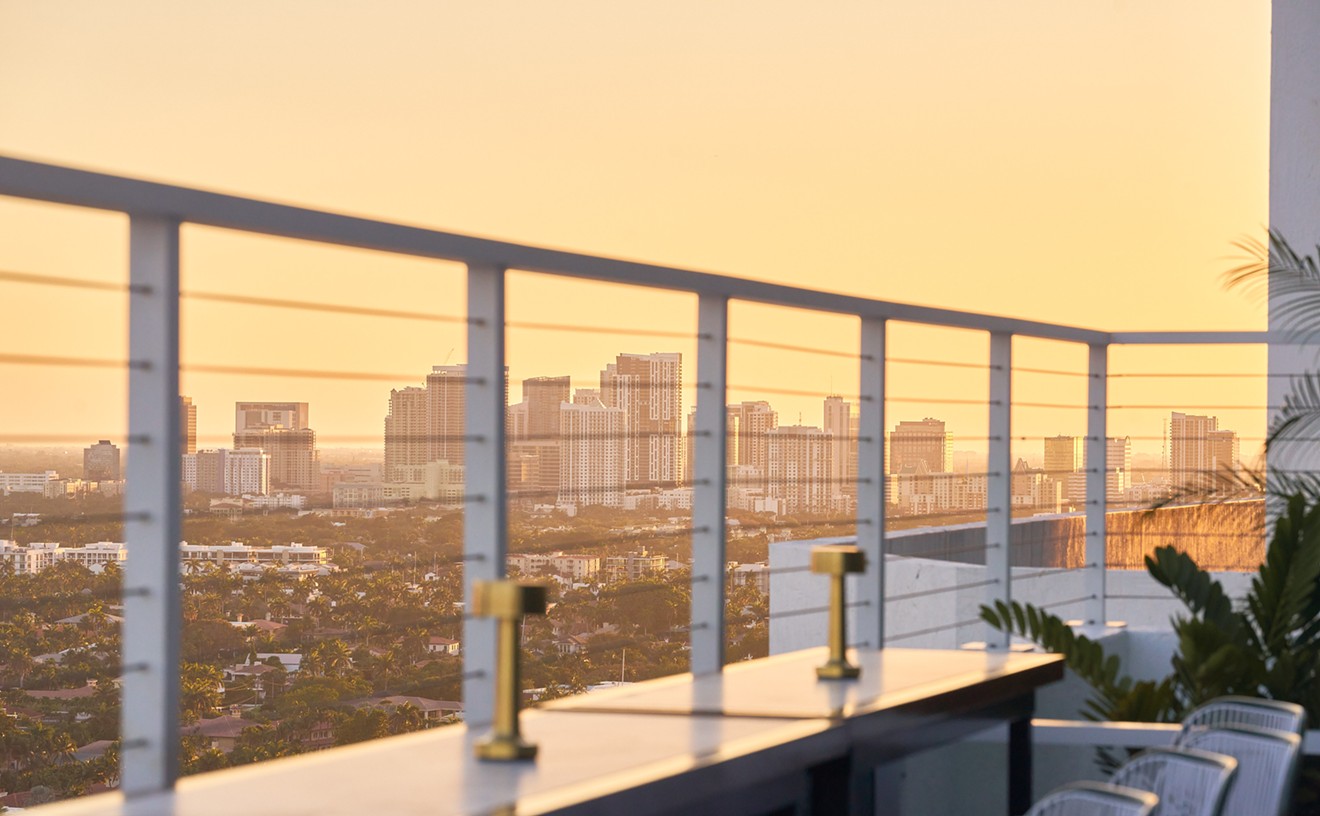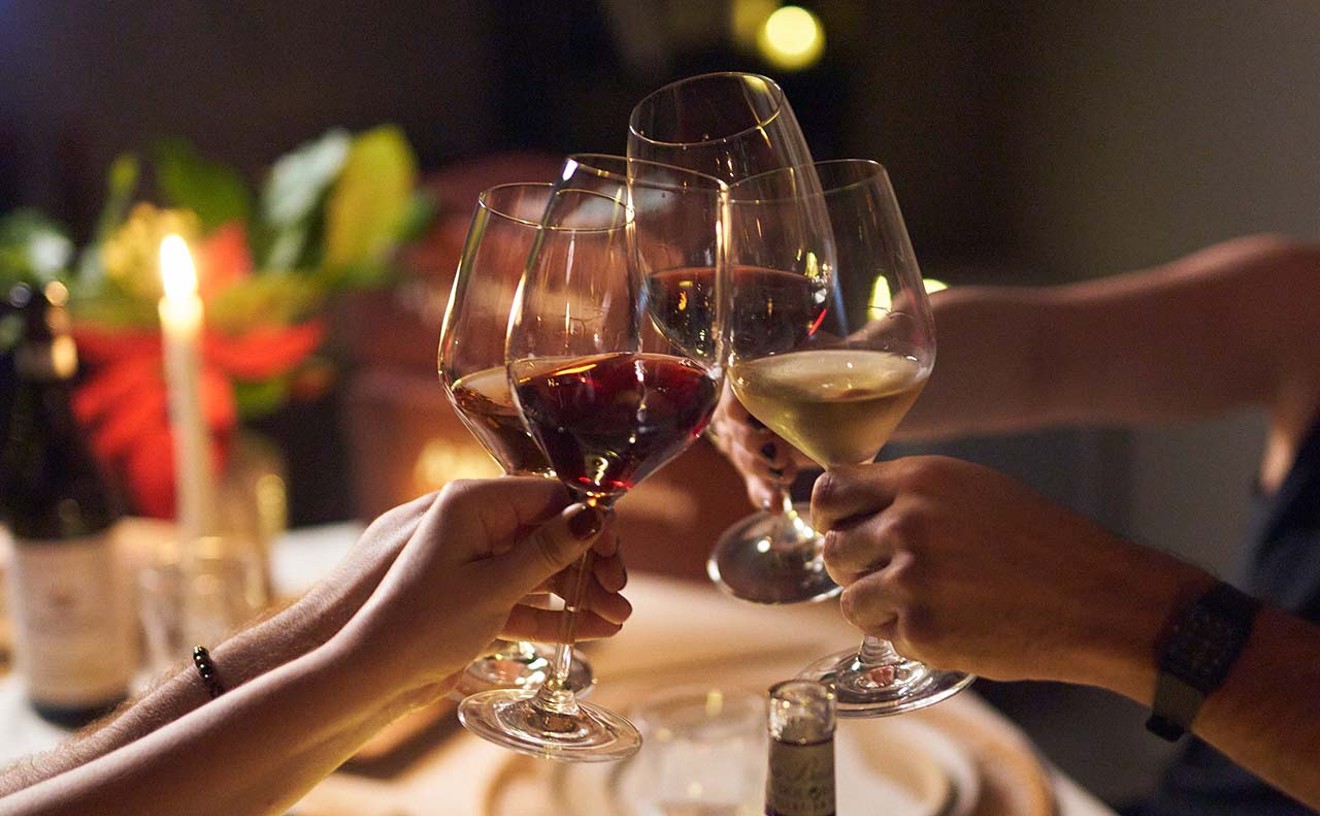My father is a practical man, realistic, decisive, and single-minded to a fault. His stomach is a punctual alarm clock, requiring that meals be ingested at the same time every day. His mantra is that very Jewish phrase, "I could eat." And though he has been fighting a cholesterol problem since before it became fashionable to watch your fats, he lives for the day he can once again sop up a fried egg with rye toast dripping with real butter and slice into a steak as a side dish.
Together my parents have always seemed to me a culinary yin and yang. If my mother was the one to griddle me pancakes as thin as crepes, my father was the one to praise me for downing twenty at one sitting the year I was six. If my mother was the one to savor thoughtfully a dab of nouvelle cuisine in the mid-Eighties, my father was the one to order two entrees. And if my mother is the one to ritualistically ask of the waiter at every meal, "How is this prepared?" my father can always be counted on to query, "How big is the portion?"
Thus I grew to correlate big flavors and bigger servings. When something tastes good, I want a ton of it. Enough to satisfy my hunger. Enough to delight everybody else at the table. More than enough to take home for lunch the next day, and then maybe some for the cats.
Difficulties arise in my line of work -- specifically at restaurants where the fare is mediocre or poor and there's still plenty left to feed the neighborhood. As a child born to a thrifty couple that struggled as young suburban parents with three children, the value of food was drilled into me. Likewise, my husband was raised to be a member of the Clean Plate Club, a lifelong patron of the Starving Kids in Third World Countries Campaign. We feel terrible about leaving food on our plates even when we don't like it, and nervous about attracting the owner's attention or insulting the chef. We used to subjugate that guilt by donating leftover dishes to homeless people, but after too many mishaps involving saucy curries, sharp left turns, and the floor mats of the car, we gave up on the meals-on-wheels idea. Now sometimes we have scraps packed in takeout containers only to deposit them in the nearest trash can, an action that increases our anxiety even as it (temporarily) spares the feelings of the restaurateur and allows us to escape unremarked upon.
We cement-walled into this problem during a recent meal at Pilares, a two-month-old self-billed gourmet South American (but mostly Peruvian) restaurant located in the Sunset Strip Plaza shopping center in West Kendall. Portions were prodigious in this tiled, 80-seat dining room decorated with dinette-style tables and chairs covered in blues and greens, as was the volume of the live synthesized entertainment, a trio of Spanish singers accompanied by keyboards and drum machine. Lower the ceiling a foot or two, nail the tables to the floor, and you're on a cruise to South America. Unlike on most ocean liners, however, preparations were uneven, ranging from fairly good to downright inedible.
Pilares purports to serve the best ceviche in Miami, a boast we felt warranted investigation. There certainly were enough versions of the dish; Pilares offers seven, not including leche de tigre (tiger's milk) and perky vuelve a la vida (come back to life), both of which are similar to ceviche, "only you drink them," as our waitress said. And the ceviche mixto, a white-on-white combination of squid rings, scallops, chopped shrimp, and cubes of snapper, was indeed delicious. Pickled in lime juice and cilantro, with a generous lid of shaved red onions, a bed of iceberg lettuce, and traditional Peruvian garnishes of choclo (corn on the cob) and sweet potato, the ceviche was fresh, tender, and tangy. The serving was a bit too large, however, a state of affairs that would have been far less daunting had not a second appetizer been so similar (and similarly huge). Squid salad was basically the ceviche with a less citrusy, more herby dressing, and the addition of sliced hard-boiled eggs, tomatoes, and black olives.
Our waitress steered us away from a creamy chowder of clams and shrimp toward the parihuela, a seafood soup. We were disappointed by her navigational skills. A terra cotta crock was filled with dark, chili-colored broth that was too oily and fishy, albeit abundantly stocked with mussels, clams, octopus, squid, scallops, and shrimp.
The server also lacked selling power. Unfamiliar with some of the main courses, we asked, "What's cau cau?"
"Stomach," she replied, rubbing her own.
"Mondonguito?"
"Stomach."
"Tacu tacu steak?"
"Stomach."
A main dish of parrillada (mixed grill) was tamer than tummy and relatively satisfying, though not exactly the churrasco (steak) we'd actually ordered. A pounded beef steak was highly seasoned and pleasantly textured, served with grilled white onions and fresh lime. The flattened chicken breast that partnered it, however, was an uninvited guest, tough and dry. And the French fries scattered over the bistec were cold and soggy.
The waitress also confused our request for seco de chivo with seco de res, so we got beef instead of goat. A slip in cooking rendered this dish, which was ostensibly shredded, into three volcanic rocks of obsidian flesh so hard they could have broken windows. Luckily, a garlicky side dish of white beans and a scoop of buttered rice proved how the South American staple of rice and beans got to be that way: it satisfies hunger when nothing else is available -- or edible.
Rice sans beans partnered the overcooked filete de pescado frito, a corvina fillet we'd chosen over a whole fish after the waitress informed us the kitchen needed advance notice for that dish. After tasting the dried-out disaster we were served, we were convinced the fillet had swum the equivalent amount of time in the deep fryer that a whole fish would have required.
Fried rice and seafood, or chaufa de mariscos, was a variation on a theme, reflecting Peru's Asian influences. A mound of gingery yellow rice interspersed with scallions, red peppers, and bits of egg featured some delightfully fresh shrimp and squid, as well as octopus, clams, and mussels. An Asian-Peruvian paella, and for that amount of food a bargain at $16.95.
Since two courses had taken more than two hours to serve, we'd decided against pressing onward any further. But then we spied the dessert tray, and a slice of white cake layered with caramel (what our server mistakenly called a souffle) beckoned. Sadly, it was stale, and getting crisper by the minute from contact with the dishwasher-hot plate upon which it was served. Coffee, on the other hand, was good, even the American version we ordered, which came accompanied by a pitcher of steamed milk.
We departed with takeout containers in hand, but I've got to admit they didn't make it past the parking lot. More Peruvian than pan-South American, more down-home than gourmet, more focused on quantity than on quality, and more expensive for appetizers than for entrees, Pilares has some balancing work to do. Or watch see become saw.
Ceviche mixto
$9.85
Seafood soup
$13.85
Shredded beef or goat
$8.00
Fried fish fillet
$13.75










